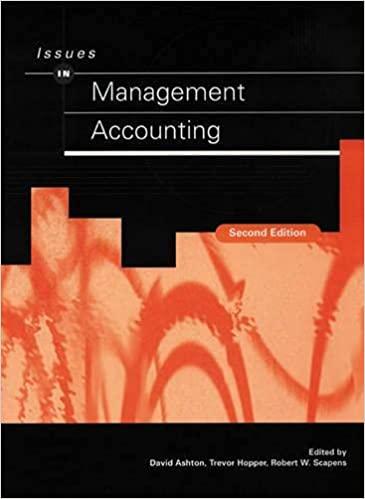
1. Patenting Game: Firms A, B, C, D, E, and F are all considering undertaking a research project that will lead to a patent for just one firm. The first firm to complete the research project will receive the patent. For each firm that undertakes the project the cost will be $210 million. Each firm that undertakes the research project will have an equal chance of finishing first and thus gaining a profit of $1 billion minus $210 million = $790 million. Those who undertake the research but do not finish first lose the $210 million stake. Those that do not undertake a research project get payoffs of zero. For this problem the state variable is the number of firms that undertake a research project. Solve the problem along the lines of the Queuing Game, keeping in mind one important difference: in this game, those who "sit out" get a certain payoff of zero, while those who "jump in " get the uncertain payoff that has to be evaluated in expected value terms. a. Compute the expected value payoff for those who undertake research projects for all values of the state variable from 1 to 6. b. Determine how many firms undertake research projects at equilibrium. The net social value of the research is the $1 billion value of the patent minus the total expenditure of the research. Compute the net social value of the research at equilibrium. Determine how the net social value of the investment changes as the state variable goes from 1 to 6. d. Determine the number of firms doing research that corresponds to the maximum net social value. Defining an efficient situation as one in which net social value is maximized, comment on the efficiency of the equilibrium in this case. Economists Robert Frank and Philip Cook argue that "winner-take-all" competition, in which only the one agent ranked first gets a payoff, is inefficient in that it leads people to commit "too much" resources to the competition. Comment on that idea in the light of this example. 1. Patenting Game: Firms A, B, C, D, E, and F are all considering undertaking a research project that will lead to a patent for just one firm. The first firm to complete the research project will receive the patent. For each firm that undertakes the project the cost will be $210 million. Each firm that undertakes the research project will have an equal chance of finishing first and thus gaining a profit of $1 billion minus $210 million = $790 million. Those who undertake the research but do not finish first lose the $210 million stake. Those that do not undertake a research project get payoffs of zero. For this problem the state variable is the number of firms that undertake a research project. Solve the problem along the lines of the Queuing Game, keeping in mind one important difference: in this game, those who "sit out" get a certain payoff of zero, while those who "jump in " get the uncertain payoff that has to be evaluated in expected value terms. a. Compute the expected value payoff for those who undertake research projects for all values of the state variable from 1 to 6. b. Determine how many firms undertake research projects at equilibrium. The net social value of the research is the $1 billion value of the patent minus the total expenditure of the research. Compute the net social value of the research at equilibrium. Determine how the net social value of the investment changes as the state variable goes from 1 to 6. d. Determine the number of firms doing research that corresponds to the maximum net social value. Defining an efficient situation as one in which net social value is maximized, comment on the efficiency of the equilibrium in this case. Economists Robert Frank and Philip Cook argue that "winner-take-all" competition, in which only the one agent ranked first gets a payoff, is inefficient in that it leads people to commit "too much" resources to the competition. Comment on that idea in the light of this example







